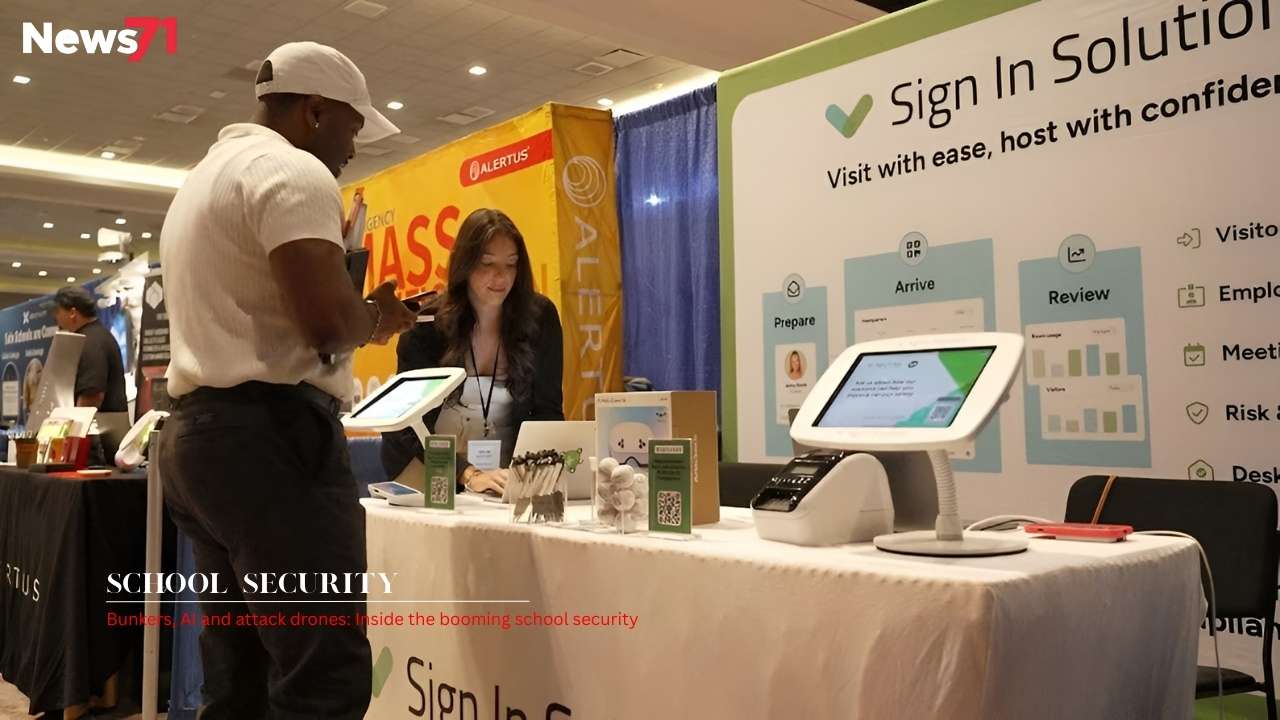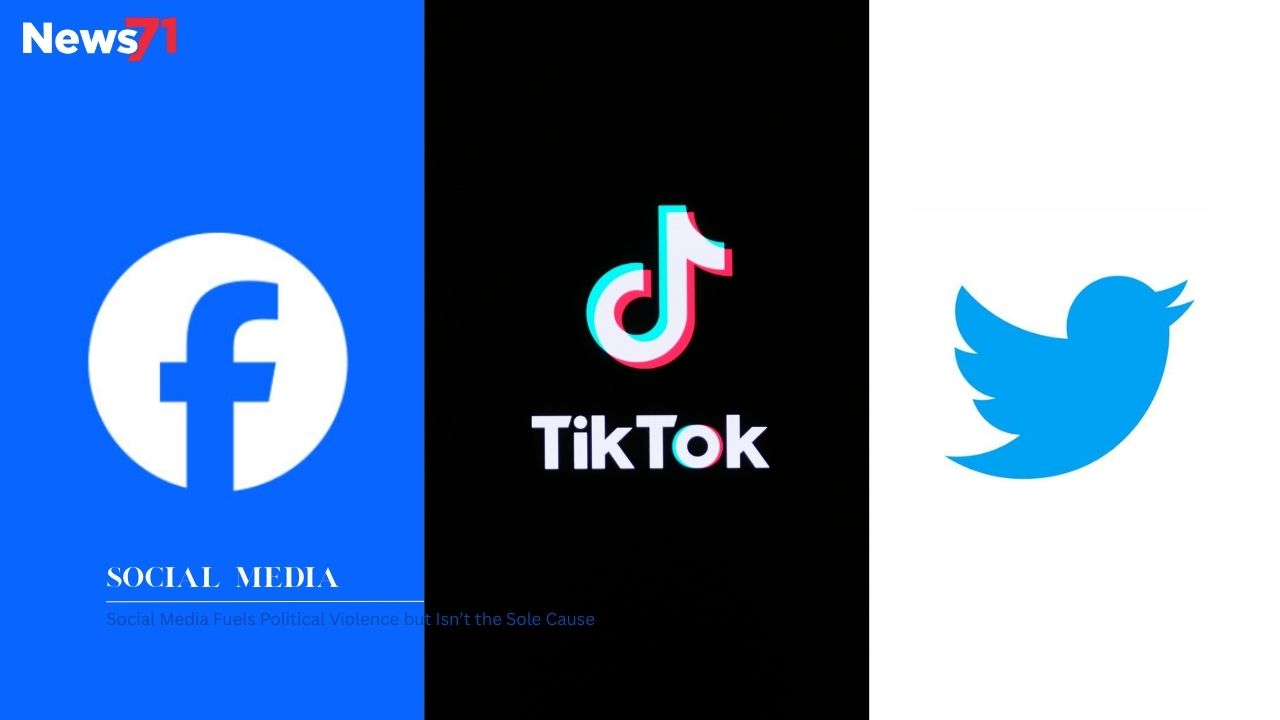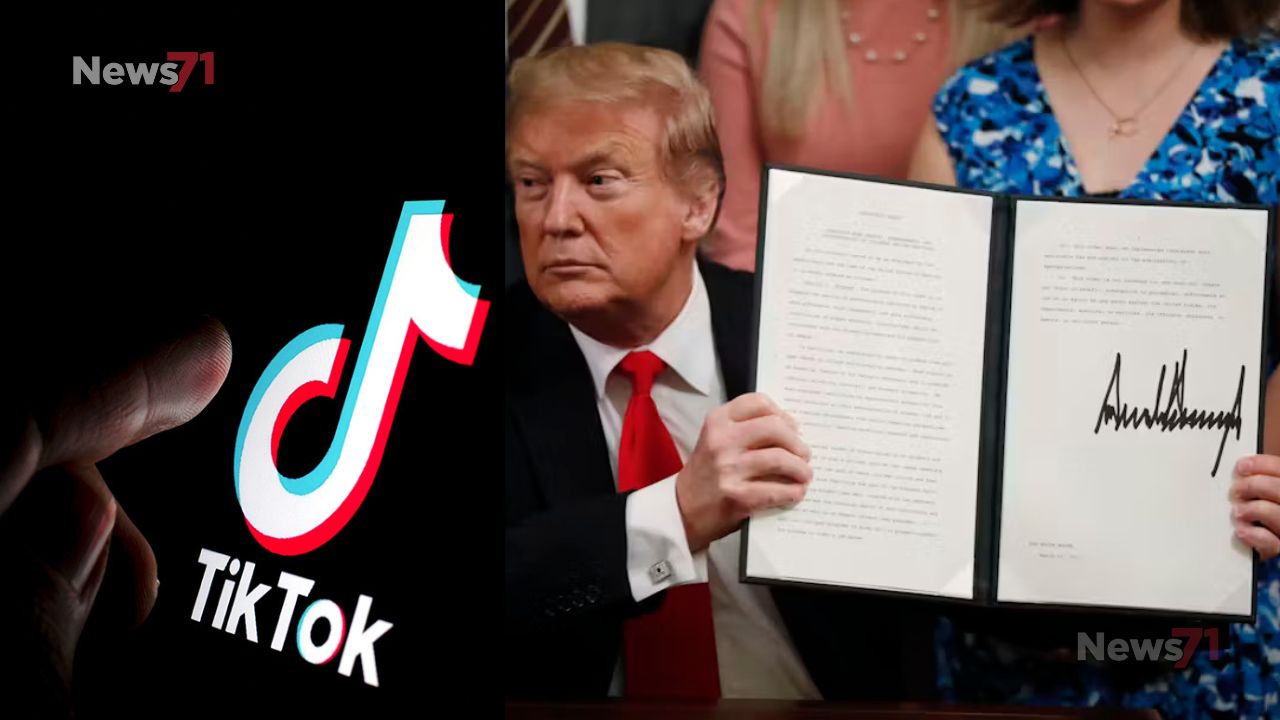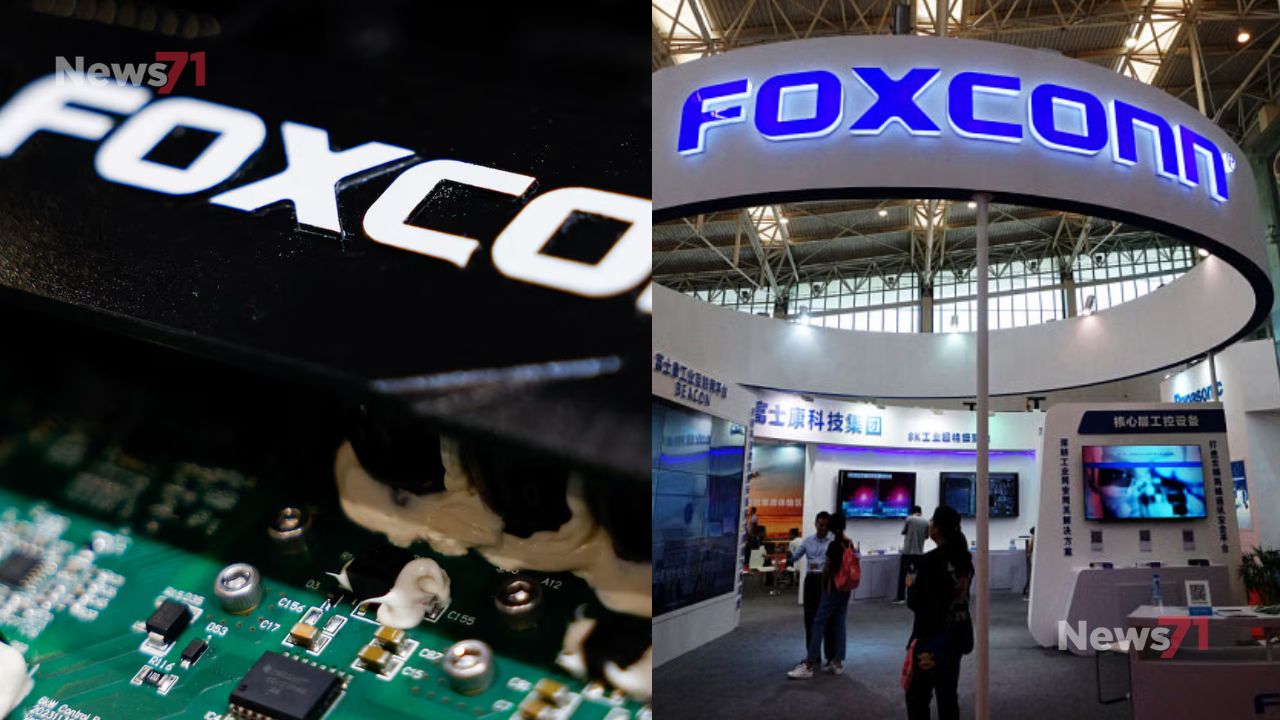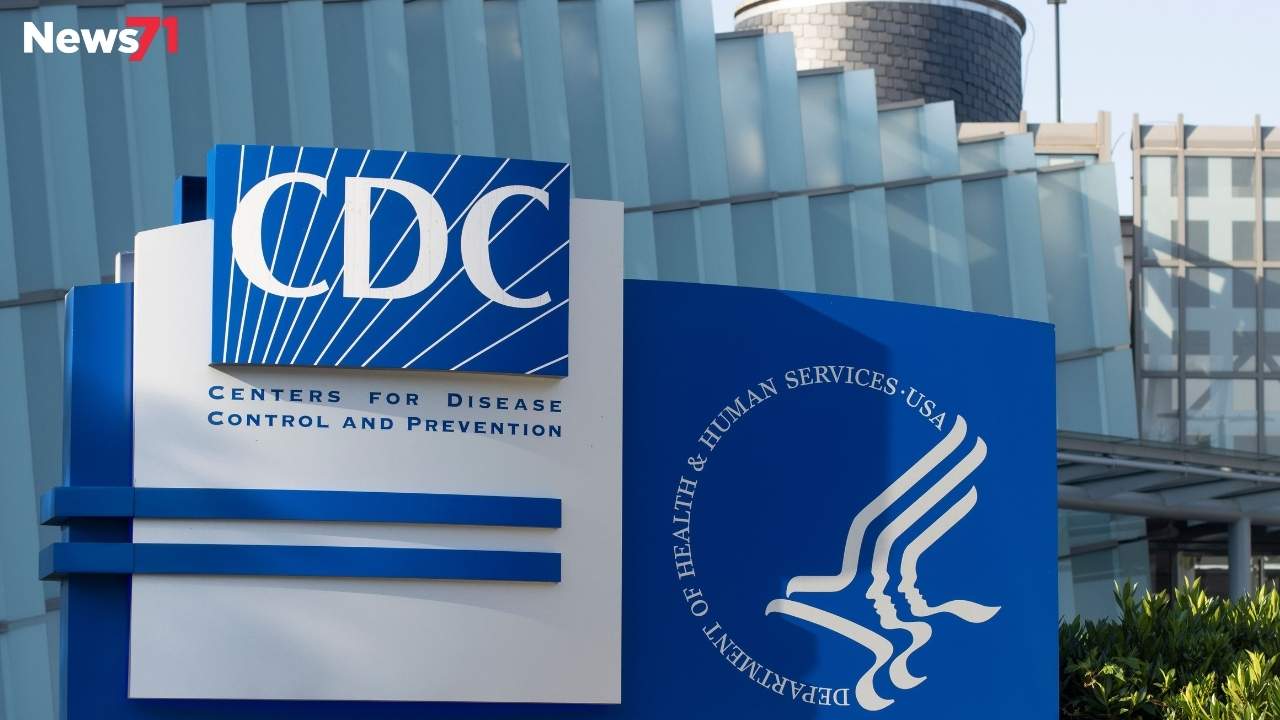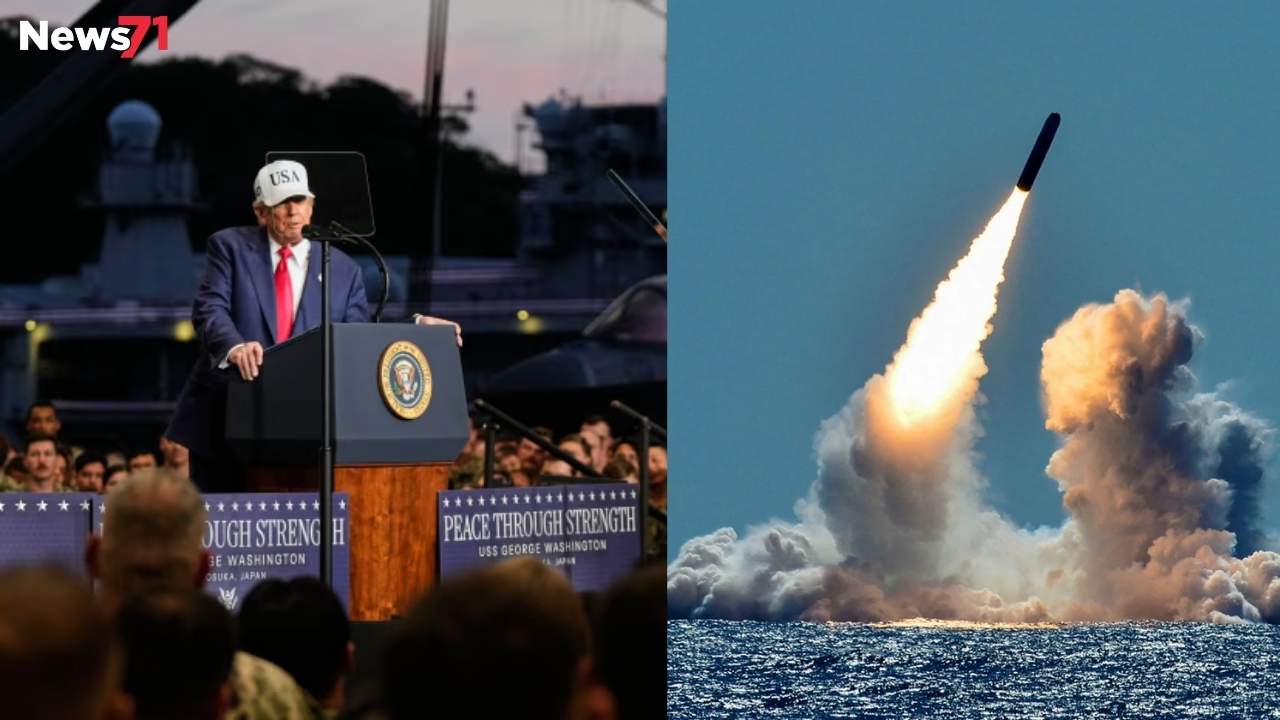On Halloween 2022, just weeks into the school year, senior Ehni Ler Htoo was walking the halls of Proctor High School in Utica, New York, when a fellow student suddenly attacked him from behind with a 9-inch hunting knife. Despite suffering deep wounds to his shoulder, neck, and hands, Htoo managed to wrestle the knife away. Police reported significant blood loss at the scene. Reflecting on the attack, Htoo told ABC News, “All I know is my life was at risk, and I had nothing to do but fight for it. I feel like I could have died during that situation.”
The incident shocked the community, especially given that the district had recently invested around $4 million in an advanced AI-powered security system from Evolv Technology designed to detect weapons like knives. Former acting superintendent Brian Nolan expressed disbelief: “How does a student get a 9-inch knife into the school?” When asked, he said the attacker walked right through the Evolv system with his backpack.
Evolv stated that its system has a “proven ability to consistently detect a wide variety of threats” and denied allegations in a lawsuit brought by Htoo. However, critics point to this and similar incidents as examples of the limitations of high-tech security solutions sold as ways to deter or disrupt violence in schools. Veteran school safety consultant Dr. Kenneth Trump noted, “The reality is there’s not a great deal of evidence that many of the products being marketed would even work in an active shooter or other school security threat.”
Despite these concerns, the school security industry is booming. As school violence continues to rise in the U.S., districts are investing in a wide range of products, from attack drones and whiteboards that convert into bunkers to bullet-proof glass film. This market, valued at billions of dollars, is anticipated to grow further with new legislation requiring certain security measures.
School Security Tech
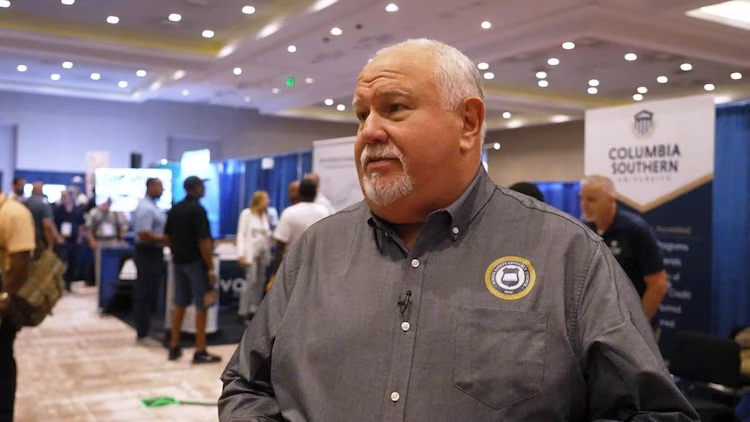
At a recent school safety conference, Curt Lavarello, executive director of the School Safety Advisory Council, highlighted the industry’s transformation: “I’ve been in the school safety space for over 30 years now… I remember when there were only four or five vendors at these conferences. Now there are over one hundred.”
At his own conference, surrounded by vendors promoting panic alert systems and AI-powered weapons detection, Curt Lavarello expressed doubts about relying solely on technology for school safety. “I can’t say there is a silver bullet out there that is going to give us that 100% guarantee,” he admitted.
Over the past five years, K-12 public schools across the U.S. have spent nearly half a billion dollars upgrading security infrastructure with various technologies, according to procurement database GovSpend. When including private schools and higher education, the market swells to over $3 billion, as reported by data analytics firm Omdia. Several states, including Texas and Florida—shaken by tragic shootings at Marjorie Stoneman Douglas in 2018 and Robb Elementary in 2022 have introduced grant programs to help schools afford these upgrades.
In the wake of these tragic events, administrators feel tremendous pressure from their communities to enhance safety and demonstrate preventive measures. However, many have faced aggressive pitches from vendors offering equipment that experts warn often cannot stop the types of violence schools fear. Dr. Rita Bishop, former superintendent in Roanoke, Virginia, recalled receiving multiple calls shortly after shootings promising “pretty ridiculous” devices that couldn’t realistically prevent attacks.
This influx of public money has created opportunities for some questionable actors in the market. Lavarello cautioned that with such large sums involved, “there are going to be some murky waters,” requiring vigilance to determine who truly adds value.
Despite the investment, many costly technologies have failed when tested during real incidents. After the 2021 Oxford High School shooting in Michigan, an investigation found the emergency alert system PrePlan Live “did not work as marketed” and potentially gave a false sense of security. Similarly, after the January 2025 Antioch School shooting in Nashville, the AI weapons detection system Omnilert failed to detect the assailant’s gun. Omnilert’s CEO defended the platform’s ability to provide actionable intelligence during crises.
The Security Industry Association, which represents many school security companies, acknowledged that recent technological advances have improved security but warned that some products still deserve scrutiny. They emphasized, “There is no single solution that alone will make our schools safe.”
Experts universally agree that the strongest defense combines technology with well-trained staff and trusted community relationships. Basic measures such as lockdown drills, controlling building access, and fostering a supportive environment remain essential. In the 2024 shooting at Abundant Life Christian School in Wisconsin, staff actions like locking doors and guiding students to safety were credited with saving lives.
Former Utica superintendent Brian Nolan’s experience illustrates the limits of technology. Despite the district’s investment in the Evolv security system, he said bluntly, “Did the Evolv system make students safer? Absolutely not.”
As reports of school shootings continue, it is clear that while technology plays a role, human vigilance and community engagement are the foundation of effective school safety.
